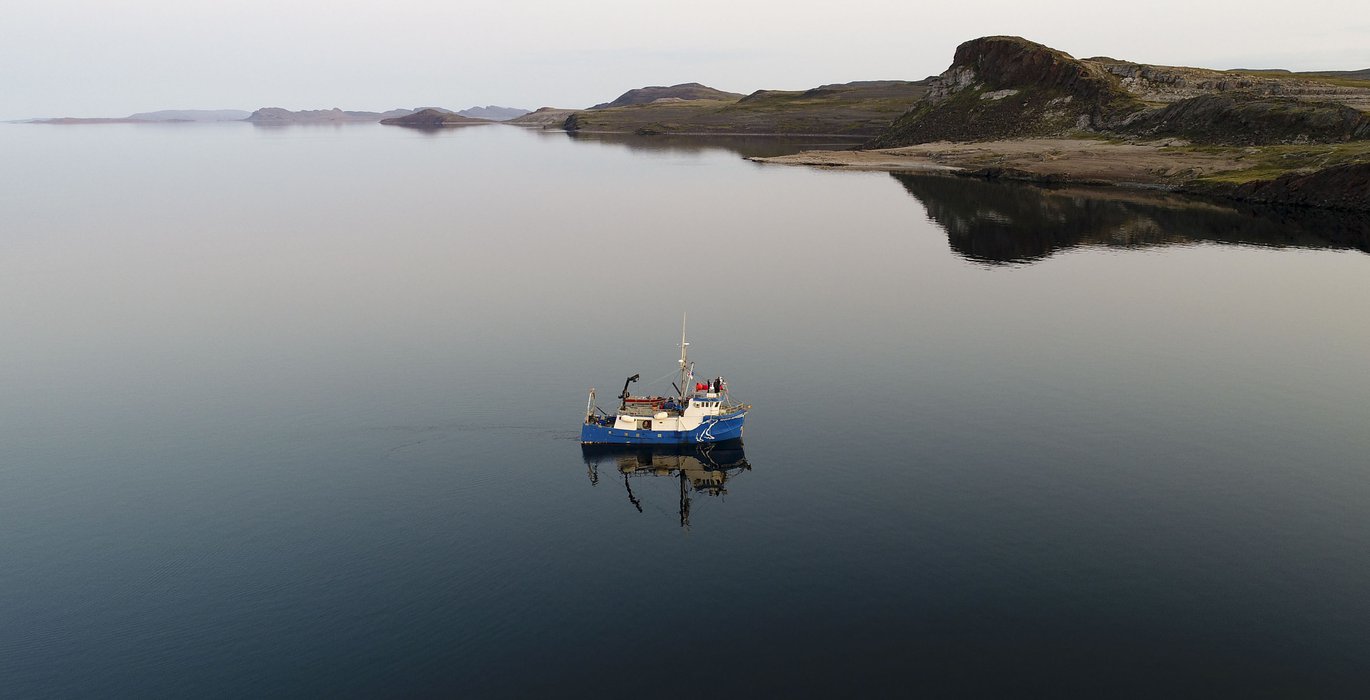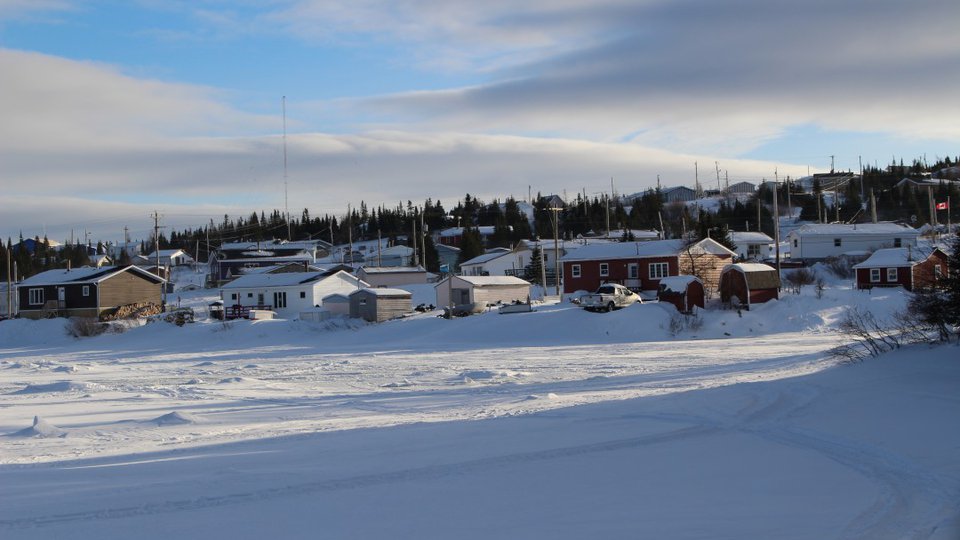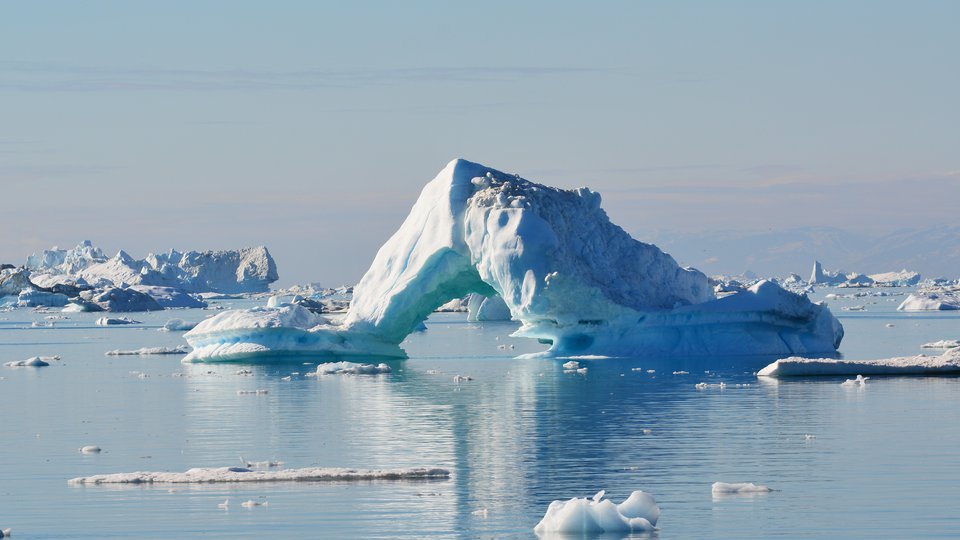
t is July 2018 and we are packing – again. The third field season of the Kitikmeot Sea Science Study (short K3S) lies ahead of us. “The shipment has left the Institute of Ocean Sciences and is on its way north to Cambridge Bay”, senior oceanography technician Mike Dempsey reports in our 3-nation conference call across 10 time zones a few days ago. Waves of excitement spread through the group, though we are still sitting in our offices in Sidney Canada, Fairbanks Alaska and Tromsø Norway. “The sea ice still has Dease Strait in its grip, it’s going out late this year, the locals say”, Arctic Research Foundation’s Adrian Schimnowski updates the group through the conference line, “But the Bergmann is ready”. Schimnowski and the ship crew have been working hard to keep our workhorse, the R/V Bergmann – a converted fishing vessel - in good shape, ready for another field season in the high north.
Our cruise plan for this season is ambitious. It must be – time at sea is precious, and decent weather conditions are not a given in the Arctic. But why are we interested in the Kitikmeot Sea region in the first place? This region is increasingly in the center of public attention. This attention is related to: increasing accessibility to private, tourist and commercial vessels crossing the Northwest Passage because of sea ice retreat; natural resources such as gold, copper and diamonds in bordering land regions; the recent discoveries of the Franklin ships – The Terror and Erebus; the recent recovery of Norwegian explorer Amundsen’s vessel the Maud; and last but not least the establishment of the new Canadian High Arctic Research Station in the regions administrative center, Cambridge Bay (can add in links for all those topics). Local Inuit have of course used and known the area for a much longer time.
No Arctic study should ignore local knowledge.
Given this increasing attention and human activity, we must create background knowledge on the marine habitat and find out whether it is in any way different or particular compared to the rest of the Arctic Ocean. And that it is. It is an area of rather low salinity, has some of the oldest rock on earth and sea ice remains a prominent feature for many months of the year here. Biologically, the marine region appears to not all that productive (as Franklin’s team found out the hard way when unsuccessfully looking for food). Yet, the numerous narrow passages and sills between islands or island and mainland have high tidally driven currents going through them which keep the ice either thin or away. These mini-polynas could serve as windows to light in the spring allowing microscopic algae to grow, and these places may be nutrient pumps to the surface water. Surface waters otherwise are nutrient desperate because the low surface salinity acts like an insulating ‘lid’ limiting exchange with subsurface plant food. One of our questions is, therefore, to study the role of what we have dubbed the ‘winter ice holes’. The locals know to avoid these spots during their winter travel, and have helped us locate them. No Arctic study should ignore local knowledge.
As someone who likes to dig in the mud, I am particularly interested in what the seafloor animals tell us about how the narrow passages – areas of swift water flow like a river going through a narrow canyon – work. Camera imagery from the seafloor shows us what seems obvious: At high flow rates, only gravel and boulders are heavy enough to stay in place, while lighter mud and clay get ‘blown’ away, and can only settle again downstream where the flow slows. Consequently, abundant soft corals and sea cucumbers that are attached to rocks and feed on particles they filter out of the passing-by water dominate in these ‘winter ice holes’. Just outside the passages, brittle stars and bristle worms pick up food particles that were able to settle to the seafloor in the slowing flow. Biology clearly reflects the physical environment here. Living for years and years, these organisms can only be in such places when food supply and food type are sustained and arrive in a consistent way over years – they are hence good indicators of long-term environmental conditions.
This summer, we will set out to test if the ‘winter ice holes’ really provide more food to their immediate area than to areas far away from these passages. To tell the difference, we also need to sample the areas away from the passages. Can’t wait to get to the field!





